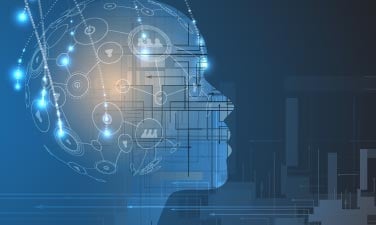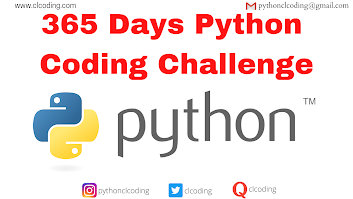Unlocking the Future of Cybersecurity: Machine Learning and Emerging Technologies
In today’s digital era, cybersecurity is a critical concern for individuals, businesses, and governments alike. The Coursera course "Machine Learning and Emerging Technologies in Cybersecurity", offered by the University of Colorado System, dives into this intersection of advanced technology and cybersecurity, empowering learners with cutting-edge knowledge and skills to tackle evolving cyber threats. Below, we provide a detailed overview of this course, highlighting its features, objectives, and the opportunities it offers.
Course Overview
This course is meticulously designed to explore the role of machine learning and emerging technologies in combating cybersecurity threats. Learners are introduced to key concepts in machine learning and shown how these techniques can detect anomalies, predict cyberattacks, and automate defensive strategies. It also covers advancements like blockchain, IoT security, and AI-driven solutions.
Key Features of the Course
Comprehensive Curriculum:
Detailed coverage of how machine learning algorithms are applied in cybersecurity.
Examination of the latest emerging technologies, including blockchain and IoT.
Discussion on AI’s growing role in predicting and mitigating cyber threats.
Hands-On Projects:
Practical exercises and real-world projects to solidify theoretical knowledge.
Use of case studies to analyze past cyberattacks and evaluate the effectiveness of AI-based defenses.
Expert-Led Instruction:
Guidance from professors and professionals who are leaders in the fields of cybersecurity and machine learning.
Flexible Learning:
Fully online and self-paced, enabling learners to manage their studies alongside work or other commitments.
Capstone Assessment:
Culminates in a capstone project where learners develop a cybersecurity solution leveraging emerging technologies.
Course Objectives
Upon completing this course, learners will:
Gain a solid understanding of machine learning principles and their applications in cybersecurity.
Explore emerging technologies such as AI, blockchain, and IoT and their role in securing networks and systems.
Learn how to design machine learning models to detect malware, phishing attacks, and insider threats.
Develop skills to analyze cybersecurity datasets and use predictive analytics for threat mitigation.
Understand ethical considerations and challenges when implementing AI and emerging technologies.
Who Should Take This Course?
This course is ideal for:
Cybersecurity Professionals: Looking to upskill and incorporate machine learning techniques into their work.
Machine Learning Practitioners: Interested in expanding their expertise into cybersecurity applications.
Students & Graduates: Aspiring to start a career in cybersecurity or machine learning.
IT Managers: Seeking to understand how to integrate emerging technologies for better organizational security.
Tech Enthusiasts: Keen on exploring the intersection of AI, blockchain, IoT, and cybersecurity.
Learning Outcomes
By the end of the course, learners will:
Be proficient in identifying, analyzing, and responding to cyber threats using machine learning.
Understand the unique challenges posed by emerging technologies and how to address them.
Have hands-on experience in developing practical solutions to secure digital ecosystems.
Be equipped to critically evaluate the ethical implications of using AI in cybersecurity.
Why Take This Course?
The global increase in cyberattacks has made it imperative for organizations to adopt proactive and advanced defense mechanisms. This course offers:
Industry-Relevant Knowledge: Aligns with current trends and challenges in cybersecurity.
Career Advancement: Equips learners with skills that are highly sought after in today’s job market.
Real-World Applications: Provides tools and techniques that can be immediately implemented in professional scenarios.
What you'll learn
- Explore advanced machine learning techniques, including neural networks and clustering, for improved threat detection in cybersecurity.
- Understand the integration of machine learning algorithms into Intrusion Detection Systems (IDS) for enhanced security measures.
- Gain knowledge of The Onion Router (ToR) architecture and its applications, focusing on privacy and anonymous communication.
- Learn to utilize Security Onion tools for effective incident response within high-volume enterprise environments, enhancing cybersecurity strategy.
Conclusion
The "Machine Learning and Emerging Technologies in Cybersecurity" course is more than just a learning experience; it’s an opportunity to become a part of the future of cybersecurity. With its blend of machine learning, blockchain, and AI, this course is perfect for anyone looking to make an impact in this critical field. Whether you’re a seasoned professional or a curious beginner, this course is your gateway to mastering the technologies shaping cybersecurity today.


.png)
.png)
.png)
.png)
.png)
.png)









.png)


.png)
.png)
.png)
.png)

























%20in%20Finance).jpg)
















